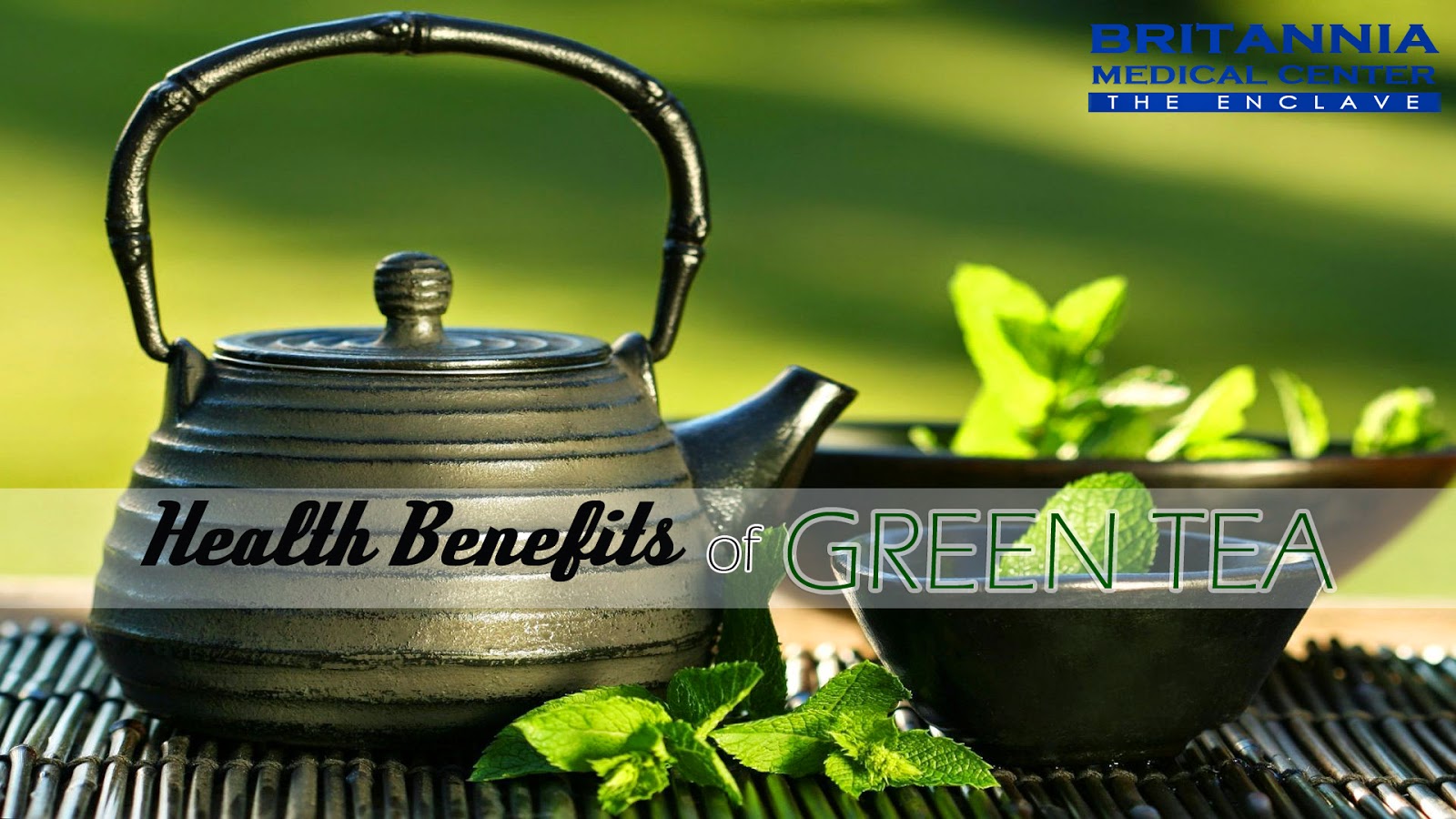Why Green Tea?
Green
tea has been used as a medicine for thousands of years, originating in China
but widely used throughout Asia this beverage has a multitude of uses from
lowering blood pressure to preventing cancer. The reason that green tea has
more health benefits attached to it than black tea is (apparently) due to the
processing. Black tea is processed in a way that allows for fermentation
whereas green tea’s processing avoids the fermentation process. As a result,
green tea retains maximum amount of antioxidants and poly-phenols the
substances that give green tea its many benefits.
Here’s
a list of some of its amazing benefits — benefits that you may not have been
aware of. Some of these benefits are still being debated, so please do your own
research if you want to use green tea for medicinal purposes.
1. Weight
Loss. Green tea increases the metabolism. The polyphenol found in
green tea works to intensify levels of fat oxidation and the rate at which your
body turns food into calories.
2. Diabetes. Green tea
apparently helps regulate glucose levels slowing the rise of blood sugar after
eating. This can prevent high insulin spikes and resulting fat storage.
3. Heart
Disease. Scientists think, green tea works on the lining of blood
vessels, helping keep them stay relaxed and better able to withstand changes in
blood pressure. It may also protect against the formation of clots, which are
the primary cause of heart attacks.
4. Esophageal
Cancer. It can reduce the risk of esophageal cancer, but it is also
widely thought to kill cancer cells in general without damaging the healthy
tissue around them.
5. Cholesterol. Green tea
reduces bad cholesterol in the blood and improves the ratio of good cholesterol
to bad cholesterol.
6. Alzheimer’s and
Parkinson’s. It is said to delay the deterioration caused by Alzheimer’s and
Parkinson’s. Studies carried out on mice showed that green tea protected brain
cells from dying and restored damaged brain cells.
7. Tooth Decay. Studies
suggests that the chemical antioxidant “catechin” in tea can destroy bacteria
and viruses that cause throat infections, dental caries and other dental
conditions
8. Blood Pressure. Regular
consumption of green tea is thought to reduce the risk of high blood pressure.
9. Depression. Theanine is an
amino acid naturally found in tea leaves. It is this substance that is thought
to provide a relaxing and tranquilizing effect and be a great benefit to tea
drinkers.
10. Anti-viral and
Anti-bacterial. Tea catechins are strong antibacterial and antiviral agents
which make them effective for treating everything from influenza to cancer. In
some studies green tea has been shown to inhibit the spread of many diseases.
11. Skincare. Green tea can
apparently also help with wrinkles and the signs of aging, This is because of
their antioxidant and anti-inflammatory activities. Both animal and human
studies have demonstrated that green tea applied topically can reduce sun
damage.
How Much?
These
are some of the many benefits but the reality is one cup of tea a day will not
give you all the abundant gains. The jury is out on how many cups are
necessary; some say as little as two cups a day while others five cups — and
more still say you can drink up to ten cups a day. If you are thinking of going
down this route, you may want to consider taking a green tea supplement instead
(it would keep you out of the bathroom).
Another
thing to point out is that there is caffeine in green tea — so if you are
sensitive to caffeine then one cup should be your limit. Green tea also
contains tannins (which can decrease the absorption of iron and folic acid), so
if you are pregnant or trying to conceive then green tea may not be ideal for
you. You can try mixing green tea with other healthy ingredients such as ginger.
For the
rest of us with all these abundant benefits…it’s a wonder we drink anything
else.







